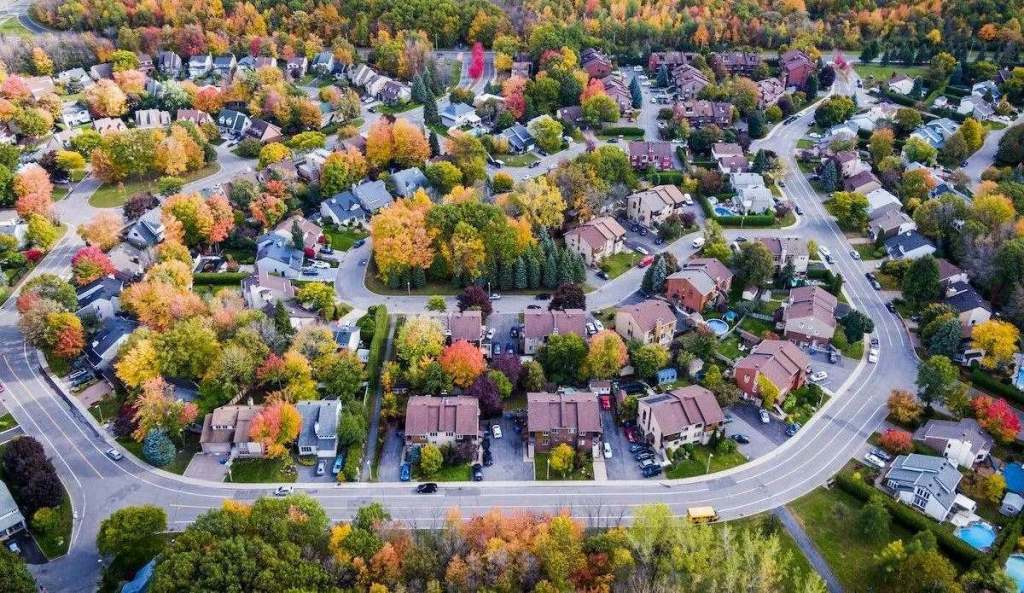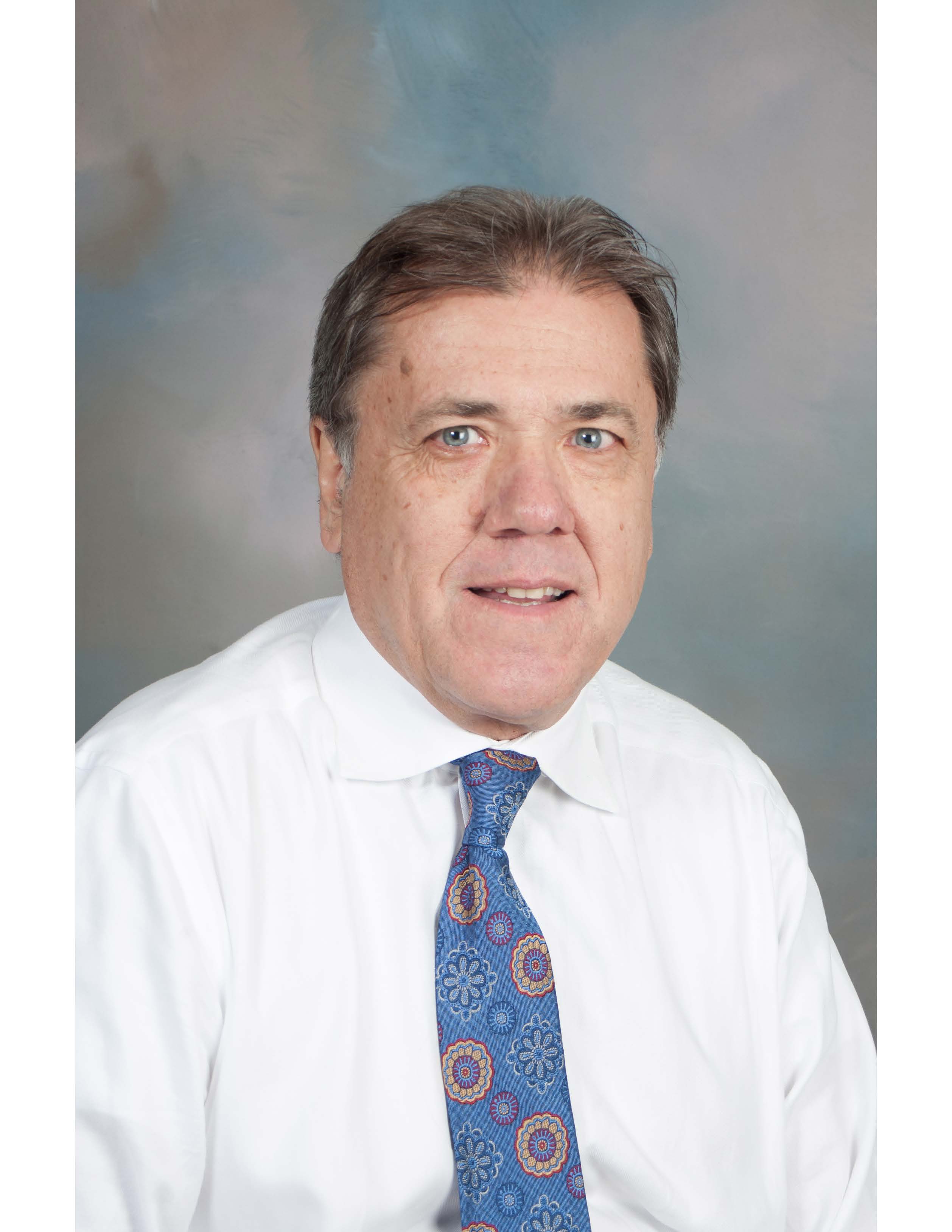At a recent congressional hearing, Treasury Secretary Janet Yellen said that U.S. regulators are monitoring risks stemming from nonbank mortgage lenders, cautioning that a failure of one of them is possible due to market strains and a lack of access to deposits.
The Community Home Lenders of America (CHLA), which represents small and mid-sized nonbank independent mortgage banks (IMBs), appreciates the concerns regulators have about the so-called “shadow banking system” – nonbanks carrying out traditional bank financial activities. Failures of large cryptocurrency firms have harmed consumers and caused some economic panic. Firms that offer risky financial products should receive appropriate supervision like banks do.
But mortgage lenders simply don’t merit the alarms they seem to be generating. Last March, CHLA released a comprehensive report: rebutting the myths about nonbank IMBs being risky and explaining how IMBs’ business model of originate and sell significantly reduces risk.
Without risky assets on their books, turmoil in mortgage markets does not result in significant IMB losses. Instead, IMBs’ financial struggles have largely been focused on bringing down operating expenses to match a significantly reduced revenue based in response to the volume collapse in the mortgage refi business. Notably, if an IMB lender goes out of business, the main impact is — wait for it — the firm simply won’t be around to originate more mortgage loans.
As a result, we assume that FSOC’s concern is not mortgage lenders per se, but about a small handful of mega mortgage servicers. Mortgage servicers do hold assets on their books — mortgage servicing rights (MSRs) — that could decline in value. Moreover, servicers have financial requirements to advance funds to mortgage pools when a borrower does not make a mortgage payment. FSOC’s concerns are that nonbanks don’t have access to deposits (like banks do) to carry out this function.
The answer is not to clamp down on IMB lenders or servicers, but to create credit facilities commensurate with what banks enjoy, to enable servicers to perform this banking-like function.
So, in January 2023, CHLA wrote a letter to Ginnie Mae, asking Ginnie to expand its PTAP program, to increase liquidity for Ginnie servicer/issuers experiencing increases in advance responsibilities. Note we are not calling for a bailout — just a liquidity facility for this function.
And in October 2022, CHLA wrote a letter to FHFA asking that the Federal Home Loan Bank (FHLB) system use its advance capabilities to do the same for advances for Fannie Mae and Freddie Mac MBS. Both these actions would do far more to reduce risk than any more draconian actions FSOC might be contemplating for servicers.
CHLA is also asking regulators to be precise about IMBs and risk. Regulators should clarify that risks are limited to only a very small handful of mega servicers, and not to the much larger universe of nonbank IMBs. Regulators should publicly explain that the limited risks that do exist are not predominately a risk of financial loss, but a liquidity risk, arising from servicers’ obligation to effectively act as a banker to borrowers that don’t make mortgage payments.
We would also point out that an excessive focus on nonbank mortgage lender risk could divert attention from the more significant financial risks we confront. As nonbanks were on the receiving end of alarms over their financial strength, last March’s Silicon Valley Bank fiasco was followed by last week’s turmoil around New York Community Bank. While some are focused on the risks of single-family loans, the true threats to our financial stability are in the trillions of dollars of commercial real estate loans held by banks.
But the ultimate risk is that federal policy makers and members of Congress get caught up in the echo chamber of false myths about nonbank IMB lender risks — and pursue unnecessarily draconian policies which harm IMBs’ strong homeownership record. All of this comes at a time of the unparalleled twin challenges to homeownership affordability of skyrocketing mortgage rates and home prices still at near-record levels.
As our recent annual CHLA IMB Report chronicles, IMBs now originate over 80% of all new mortgage loans, demonstrably outperform banks in loans to minorities, and consistently do a much better job of access to mortgage credit for underserved first-time homebuyers than banks.
IMBs welcome scrutiny of both their finances and their performance in serving consumers’ mortgage needs. They just ask that a good narrative doesn’t get in the way of the facts.
Scott Olson is Executive Director of the Community Home Lenders of America (CHLA), the only trade group exclusively representing non-bank IMBs.
This column does not necessarily reflect the opinion of HousingWire’s editorial department and its owners.
To contact the editor responsible for this story:
Sarah Wheeler at sarah@hwmedia.com






